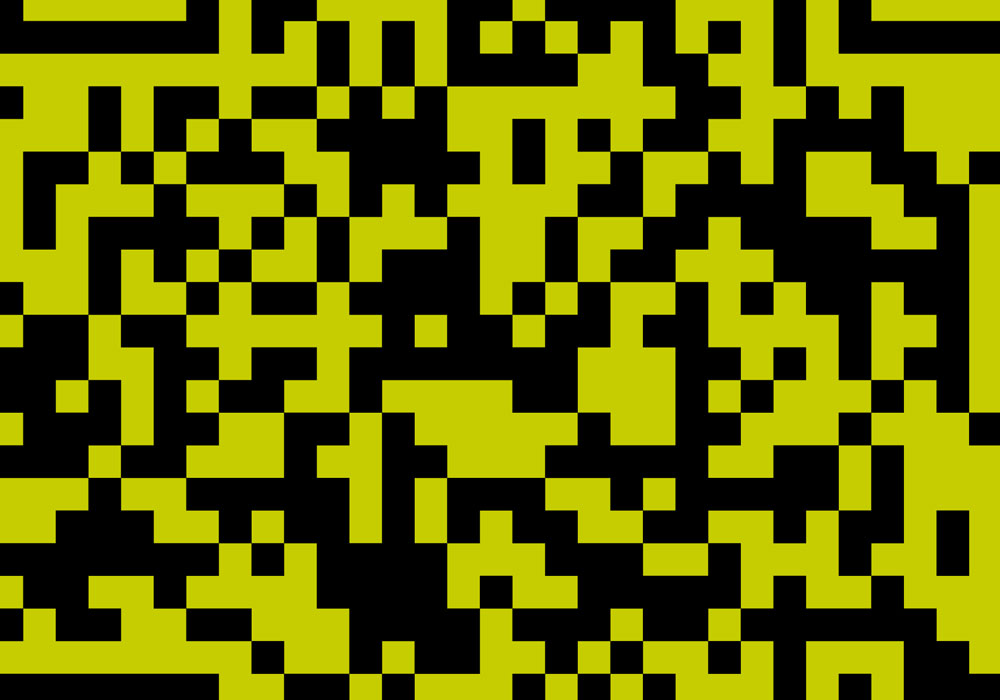After the COVID-19 pandemic shut down the hospitality and tourism industries in March 2020, businesses, particularly restaurants, encouraged customers to return, in part, by offering contactless menus.
One key piece of that was the QR code — a technology created by a subsidiary of Toyota as a means of tracking its manufacturing processes.
Restaurants quickly discovered that hand-held menus — a potential point of transmission of the coronavirus — could easily be replaced by digital ones accessed through QR codes. Customers with little tech experience could pay their bills digitally or even access an online ordering platform by turning their cameras to the little squares filled with squiggles.
The ease of use led restaurant patrons and other customers to embrace new technology at a much faster rate than normal, according to research by hotel, restaurant and sport management Ph.D. student Ali Iskender.
“During COVID, technology adoption accepted by individuals was equivalent to a decades-long adoption level,” says Iskender, a native of Turkey who earned his master’s in tourism from the University of Florida. “QR codes and Zoom were available before the pandemic, but we didn’t use them. People didn’t like them. This means if COVID-19 did not happen, some technologies would be adopted in the next decade, not now.”
And even though worries about disease transmission have lessened since the pandemic’s outbreak, Iskender says many patrons like QR codes and want to continue using them. That is good news for businesses, which see the technology as a way to save money.
“You don’t need very big investment to utilize the QR code technology,” he says. “It became a tool to help businesses continue their services. Now, customer acceptance is getting higher and higher.”
For his research, Iskender interviewed and surveyed 900 people and businesses.
“During COVID, technology adoption accepted by individuals was equivalent to a decades-long adoption level.”
“I wanted to identify the motivation for them to use the technology,” he says. “People like the technology when it is functional, utilitarian. That is the main motivation behind technology acceptance.”
Based on his research, Iskender says, less-expensive restaurants that provide takeaway food are most likely to find their customers using the QR codes, while high-end fine-dining establishments will see customers wanting the more traditional menu and ordering process.
“People at low-end restaurants say the technology can help them order quicker and get food faster,” Iskender says. “At fine-dining restaurants, people dine there for the atmosphere. They like to interact more with the staff.”
For chain-style restaurants, the QR codes can also help businesses see how customers interact with menus, which items draw their attention and which items do not.
And they allow businesses to respond more quickly to menu changes or items that are out of season or out of stock without having to bear the expense of reprinting.
Iskender also found that customers preferred more interactive digital menus rather than simple snapshots of the printed versions.
“It’s not just the technology,” he says, “but also how businesses use it.”
